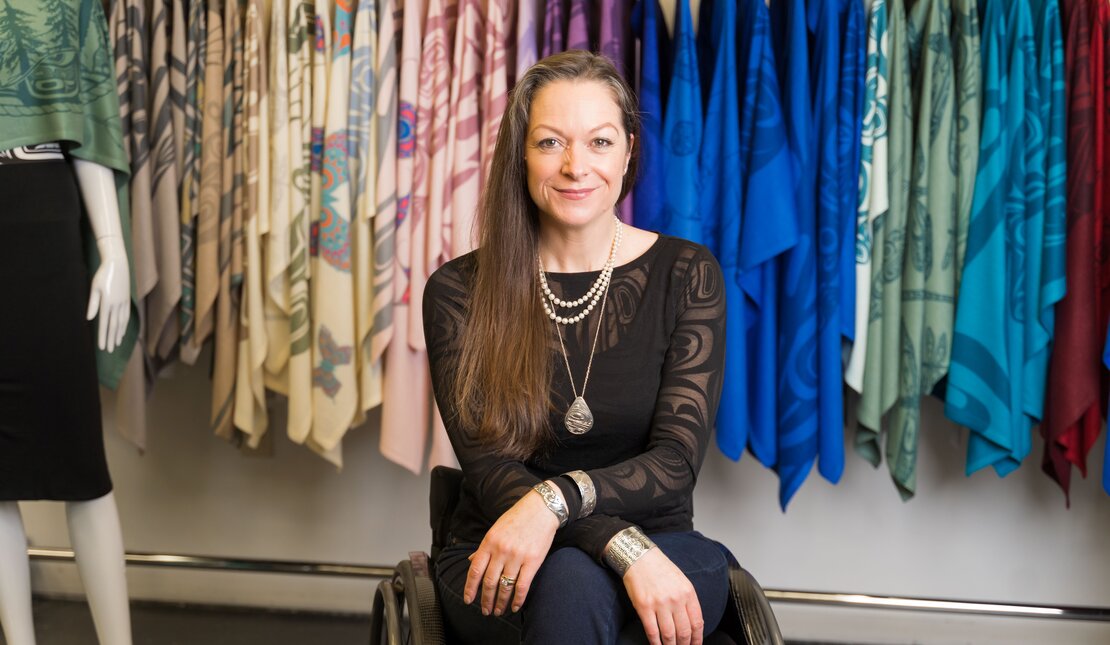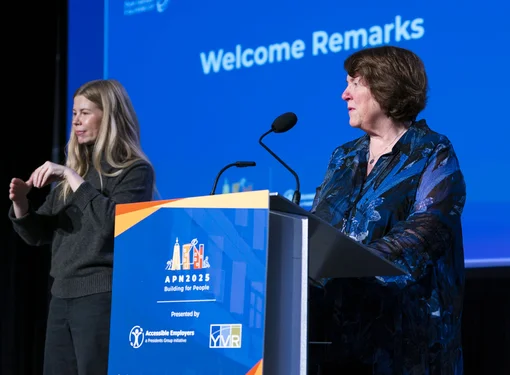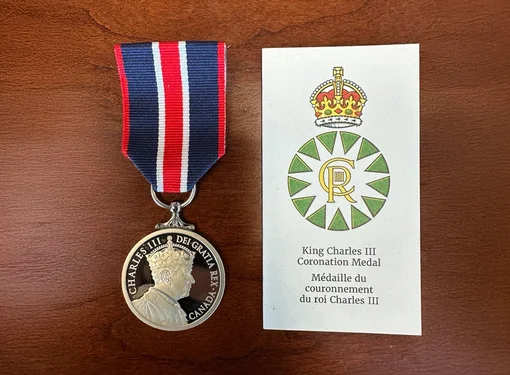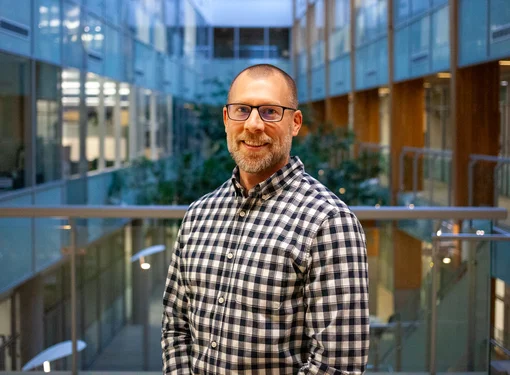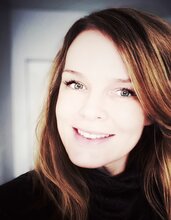Chloë Angus’s Incredible Journey from Fashion Designer to Robotics
Over a decade ago, Chloë Angus opened her first store showcasing her fashion label in Dunbar, on the west side of Vancouver, British Columbia.
It captured the delight of many with its theatrical grand opening, which featured live window mannequins and an appearance by Chloë’s miniature pony named Sonny. Her signature creation, the versatile Button Wrap, was often featured in magazine editorials.
However, it is a newspaper headline that read “not taking no for an answer” that has come to define her career and the unexpected turn it took.
From Nightclubs to High Fashion
In the 2000s, Chloë debuted her designs during British Columbia’s Vancouver Fashion Week. The event was still in its early days so shows were held in all sorts of different venues, including the city's small nightclubs with little lighting. Chloë was busy, juggling fashion collections with her business – landscaping. After one of these nightclub shows, she received a call that changed her trajectory from fashion student to bona fide fashion designer.
After mistaking a fashion buyer’s phone call for a landscaping order (“I told her that yes, I have the spring collection in. It included daffodils, red tulips…”), Chloë quickly recovered to secure a meeting with the rather stern-sounding woman. During the following 15-minute in-person meeting, Chloë sold her entire line and launched Chloë Angus Design.
At the 2015 Leo Awards, recognizing British Columbia’s best in the film and television industry, Chloë and her team dressed several names on the red carpet. “I remember saying to my team afterwards that it felt like I’d been working too much because it feels like a truck has run into my back.”
Days later, after increasing pain and tingling in her legs, Chloë was told at Vancouver General Hospital that she had a tumour on her spine. It wasn’t something medical staff had encountered, they said, and nothing could be done to fix it.
“It had caused a bleed inside my spinal cord that pinched off all my nerves to my lower body. I was a complete spinal cord injury patient with no chance of recovery,” Chloë recalled. “I was told I would never walk again, and I would go to GF Strong Rehabilitation Centre to learn how to live my life in a wheelchair. I was thinking, ‘Oh dear, this is not conducive to my very fashionable lifestyle.’”
During her stay at GF Strong, Chloë was overwhelmed by information about the secondary health complications of sitting in a wheelchair – pressure sores, bowel and bladder complications, circulation issues, bone loss – the list goes on. She was flipping through a Popular Science magazine to kill time and came across a story about exoskeletons.
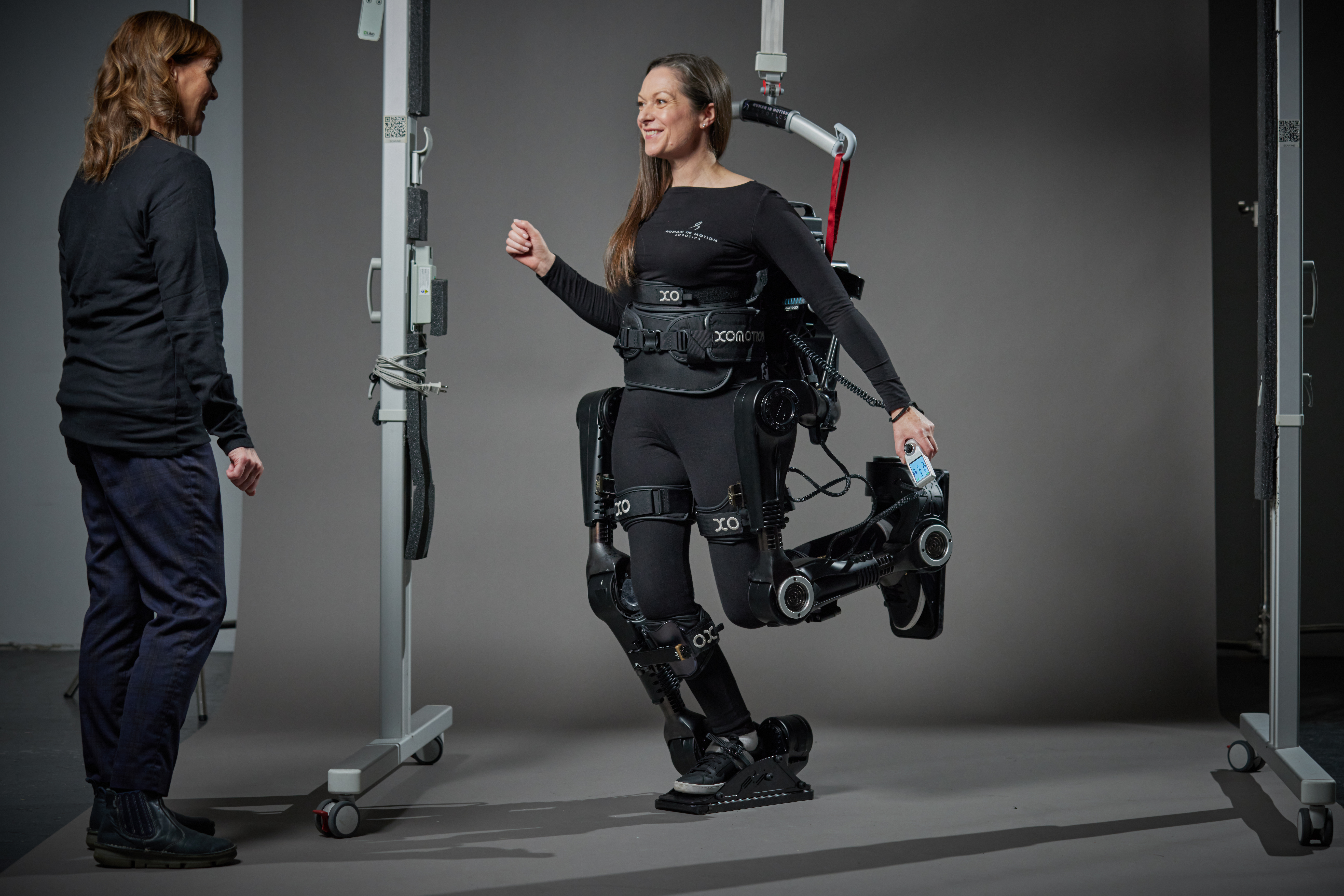
“I showed the article to my husband, who was in the hospital room,” Chloë said. “I told him, ‘Just order this off eBay, and I’ll be back at work next week.’ I had a collection to put out in a month and a half; it wasn’t good timing. The loss of my legs was just insurmountable. But I couldn’t imagine losing my business, too.”
Chloë was determined to learn more. Serendipitously, she found a newspaper article about a businessman donating an exoskeleton to GF Strong. “I printed off the article and rolled back down to the physio office. I asked, ‘What about this one?’ They told me that it wasn’t in use, and it was kept in a closet in the gymnasium.”
It should come as no surprise by now that Chloë convinced staff to assist her in having a go at it. “It took two people to get it on and one to stand behind me. It took a lot of strength, and it wasn’t very well-balanced. But there I was, walking across the gymnasium floor after doctors told me I’d never walk again. It just opened my eyes to what was possible.”
Issues with the exoskeleton were that it was cumbersome and required too many people to operate. But as with trends in the fashion world, Chloë knows that technology advances at light speed. Further research turned up doctors Siamak Arzanpour and Ed Park, who were developing the next generation of exoskeleton technology at Simon Fraser University in Burnaby, B.C.
“They had all the answers I was looking for. I wanted the exoskeleton to be independent. I wanted it to be self-balancing. I wanted it to help me access the world,” she said. “And, for their team, I gave them the first opportunity to meet with somebody in a wheelchair with a spinal cord injury to really talk about what our needs are.”
Redefining Mobility
Fast forward to today. In addition to her fashion design career, Chloë is the director of lived experience at Human in Motion Robotics, formed by the SFU team. Together, they are pursuing the commercialization of the XoMotion™ Platform and other innovative robotic healthcare solutions. Part of the goal is to provide exoskeletons at an accessible price point.
“There’s a global trend around the world to cover these devices by healthcare and insurers… We know insurers don’t do this out of the kindness of their heart. They’re looking at this because it makes financial sense over having a sedentary lifestyle and having to pay for those secondary health complications. We just received Health Canada approval and are undergoing our first clinical trials in the U.S. for FDA approval.”
In early January 2025, Human In Motion received the Innovation Honoree Award from the Consumer Electronics Show (CES) in Las Vegas, hosted by the Consumer Technology Association. The local company also won first place at CES for robotics and was named a Top 50 Pick out of more than 4,500 exhibitors.
“Technology now is sort of like the time of Henry Ford’s first car – big, heavy, and expensive,” Chloë said. “But just as transportation has evolved, so will this. When people ask me what it feels like to walk again, the best way I can describe it is to feel like myself again. I’m at the same level as my peers. I can hug my husband to my chest again. It gives me back the life I had not very long ago.”
And, to relate Chloë’s story back to the Rick Hansen Foundation’s vision of creating an accessible world, Chloë said Universal Design plays a key part of a healthy lifestyle – exoskeleton or not.
“Before I was a wheelchair user, I had no idea that there weren’t curb cuts in every corner in Vancouver. And once you know more and learn about what RHF does around removing barriers, you realize it’s all interconnected. Because a universally built world is a better ride in an exoskeleton too.”
